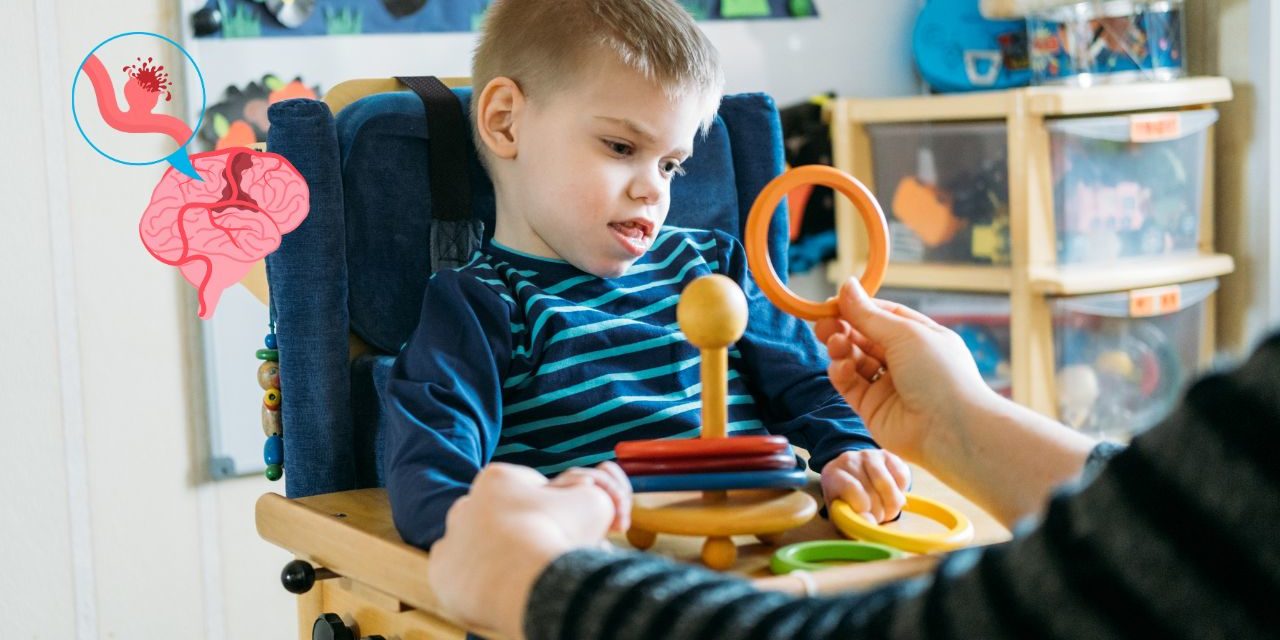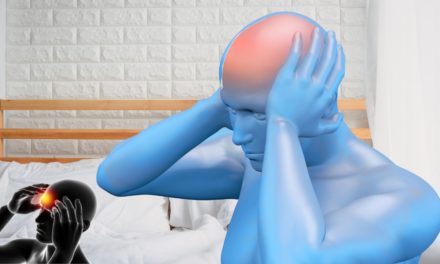Introduction
Cerebral atony, also known as cerebral atonia, is a medical condition that affects the muscles’ tonicity and coordination due to central nervous system dysfunction. This neurological disorder can lead to weakness, loss of muscle tone, and impaired voluntary movement. In this article, we will provide a comprehensive overview of cerebral atony, including its potential causes, symptoms, impact on individuals, and available treatment approaches. By fostering understanding and awareness, we aim to support those affected by cerebral atony and their caregivers during their journey of managing this challenging condition.
Understanding Cerebral Atony
Cerebral atony is a neurological condition characterized by the loss of muscle tone and coordination. It occurs due to dysfunction or damage to the central nervous system, particularly the brain regions responsible for controlling voluntary movements.
Potential Causes of Cerebral Atony
- Brain Injury: Traumatic brain injuries or other forms of brain damage can result in cerebral atony.
- Stroke: A stroke, caused by interrupted blood flow to the brain, can lead to cerebral atony in the affected region.
- Neurological Disorders: Certain neurological conditions, such as cerebral palsy, multiple sclerosis, or brain tumors, can cause atony.
- Developmental Abnormalities: Congenital conditions affecting brain development can lead to cerebral atony.
Recognizing Symptoms
Symptoms of cerebral atony may vary depending on the underlying cause and the areas of the brain affected. Common symptoms include:
- Muscle weakness
- Loss of muscle tone (hypotonia)
- Difficulty in initiating voluntary movements
- Impaired coordination and balance
- Involuntary muscle contractions (spasticity)
Impact on Individuals and Caregivers
Cerebral atony can significantly impact an individual’s mobility, independence, and overall quality of life. Daily activities such as walking, eating, and dressing may become challenging. Caregivers of individuals with cerebral atony may face emotional, physical, and financial stress as they support their loved ones’ needs.
Seeking Medical Evaluation and Diagnosis
If cerebral atony is suspected, seeking medical evaluation from a neurologist or healthcare professional is crucial. Comprehensive evaluation and diagnostic testing can help identify the underlying cause and guide appropriate treatment.
Treatment Approaches for Cerebral Atony
- Physical Therapy: Physical therapy plays a vital role in managing cerebral atony by improving muscle strength, flexibility, and motor skills.
- Occupational Therapy: Occupational therapy focuses on enhancing individuals’ abilities to perform daily activities and improve their quality of life.
- Assistive Devices: The use of assistive devices, such as braces, can aid in maintaining stability and promoting mobility.
- Medications: In some cases, medications may be prescribed to manage spasticity and alleviate associated symptoms.
- Surgical Interventions: In severe cases, surgical procedures may be considered to address underlying structural issues or to manage spasticity.
Coping Strategies and Support
Coping with cerebral atony involves adopting coping strategies and seeking support from healthcare professionals and support groups. Caregivers can also benefit from respite care and emotional support to manage the challenges associated with caregiving.
Result
Cerebral atony is a neurological condition that can significantly impact an individual’s muscle tone, mobility, and independence. By understanding the potential causes, recognizing symptoms, and seeking appropriate medical evaluation, individuals can receive the necessary care and support for managing cerebral atony. Treatment approaches, such as physical therapy, assistive devices, and medications, can help improve muscle function and enhance overall quality of life. Caregivers play a crucial role in supporting individuals with cerebral atony, and seeking support and resources can alleviate the challenges they face. Together, let us prioritize awareness and empathy, creating a compassionate environment where individuals affected by cerebral atony can find the assistance they need to navigate the complexities of this condition and lead fulfilling lives.










